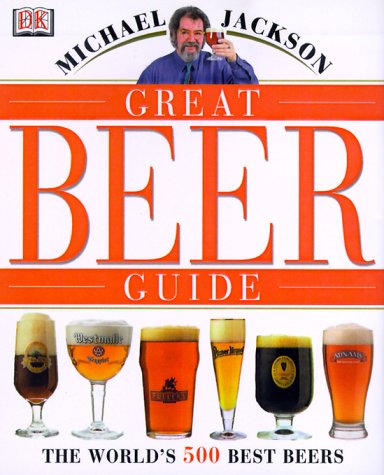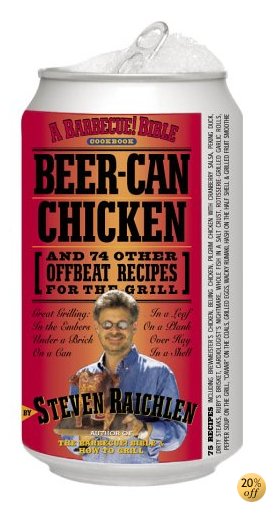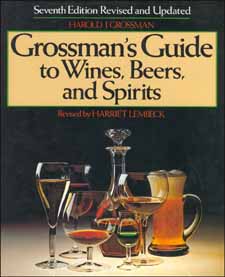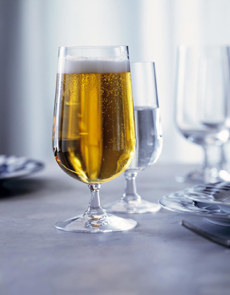|
Tips For Serving Beer
Information courtesy of the Beer Institute
Storing Beer
Temperature
Most people prefer drinking beer which is chilled to about 40° to 42° degrees Fahrenheit. This is the temperature that shows beer at its delicious best: cool enough to be refreshing, but not so cold that the nuances of flavor are suppressed. It's a temperature best obtained by storing beer on the bottom shelf of the refrigerator, away from the freezer section or coldest compartment. Once removed from the refrigerator, beer should be served before it warms up.
For a large party, warm beer may be chilled in any large container—there are many attractive, jumbo, lightweight plastic receptacles that can be bought for a party and repurposed afterward for storage, laundry or trash. Fill with ice, let the ice melt and add cold water. Keep the beer bottles in this cold water. You can check the water temperature with a thermometer and add more ice if it’s warming up.
General Storage
When you purchase more beer than you can keep in your refrigerator, store it in a cool, dark place away from the light. This helps protect its body and strength.
Serving Beer
Opening The Bottle
Open your bottles with care: be sure not to shake or agitate them. Use bottle openers that are in good condition. Faulty openers can cause chipping or cracking of bottles.
Choosing The Right Glass
Beer is more enjoyable when served in a clear glass vessel. The tall tapering pilsner and the graceful stemmed goblet are especially popular glasses for entertaining: they enable an elegant presentation of a relatively inexpensive beverage. Of course, beer tastes just fine when served from virtually any glassware, ceramic or pewter mug.
The most important tip is that you’ll get the best sparkle in your beer when your glassware sparkles. Any trace of grease, soap or lint from a towel will cut down on beer enjoyment. A clean beer glass is necessary to acquire the proper foam and flavor. If washed properly, there will be no bubbles clinging to the side of the glass. The foam will adhere to the inside of the glass in a ring design.
To get your glassware squeaky clean if you hand wash, use a soap-free, odorless cleaning agent. Baking soda is excellent, too. Always rinse glasses thoroughly in clean, cool running water and allow them to drain freely and air dry. If you are using a dishwasher, use liquid detergent and a glass sparkling agent. Another tip from the experts is to dip the clean glasses into cold rinse water right before filling and serving.
For picnics, barbecues and large informal parties, paper and plastic cups are often used for convenience and safety. Large glasses of hard, clear plastic are preferable for the enjoyment of fine beer: they enable the visual enjoyment of the color and foam. If you prefer to use paper, buy coated cups to avoid imparting any “papery” taste.
Pouring The Brew
There’s an art to pouring beer. Some people like a high foamy collar; some prefer a short one. You can obtain a fine creamy head by letting the beer splash into the glass. A good way to achieve the kind of foam you desire is to tilt the glass and begin pouring the beer down the side, then straighten the glass and pour into the center. You will quickly learn how to build a high or low head by varying the distance between the bottle and the glass.
A number of experts recommend that you pour beer directly into the glass. They claim you have a better-looking glass of beer this way, and that it's more flavorful. But as with most things, it’s your personal preference that's most important.
Drinking The Brew
No advice needed here beyond (1) life’s too short to enjoy anything but the best beer, and (2) drink responsibly.
© 2005 National Beer Wholesalers Association. All rights reserved.
Read all about it:
 |
 |
 |
| Michael Jackson's Great Beer Book: Cut through the confusion and find the right beer for any occasion. Click here for more information. |
Beer-Can Chicken: 74 recipes that will incorporate your favorite brew. Click here for more information. |
Grossman's Guide to Wines, Beers, and Spirits: A quick answer guide for any libation question. Click here for more information. |

|







